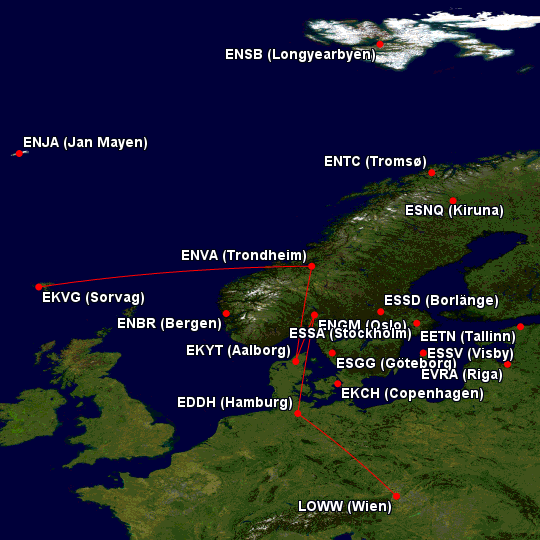


- #HOW TO REDUCE JOYSTICK SENSITIVITY PROJECT 64 VERIFICATION#
- #HOW TO REDUCE JOYSTICK SENSITIVITY PROJECT 64 CODE#
of Idaho, Moscow, ID (United States) Univ. Publication Date: Research Org.: Texas A & M Univ., College Station, TX (United States) Argonne National Lab. of Wisconsin, Madison, WI (United Texas A & M Univ., College Station, TX (United States)
#HOW TO REDUCE JOYSTICK SENSITIVITY PROJECT 64 CODE#
The facility capabilities were confirmed to be very promising in performing additional experimental tests, including flow visualization, and produce data for code validation. The overall behavior of the facility met the expectations.

The experimental data produced during the steady-state run were compared with the simulation results obtained using RELAP5-3D. A model of the experimental facility was prepared using RELAP5-3D and simulations were performed to validate the scaling procedure.
#HOW TO REDUCE JOYSTICK SENSITIVITY PROJECT 64 VERIFICATION#
The facility was equipped with instrumentation to measure temperatures and flow rates and a general verification was completed during the shakedown. The facility represents a portion of the reactor vessel with nine stainless steel coolant risers and utilizes water as coolant. A small scale (1:23) water-cooled experimental facility was scaled, designed, and constructed in order to study the complex thermohydraulic phenomena taking place in the RCCS during steady-state and transient conditions. The system was designed to remove the heat from the reactor cavity and maintain the temperature of structures and concrete walls under desired limits during normal operation (steady-state) and accident scenarios. The Reactor Cavity Cooling Systems (RCCS) is a passive safety system that will be incorporated in the VTHR design.


 0 kommentar(er)
0 kommentar(er)
